Top 10 metals redefining exterior building design
In the ever-evolving realm of architecture, the use of metals in exterior building design has witnessed a paradigm shift. From traditional structures to contemporary masterpieces, the choice of metals has become instrumental in shaping the aesthetic and functional aspects of buildings. This article explores the top 10 metals that are redefining exterior building design, influencing architects and designers to push the boundaries of creativity and innovation.
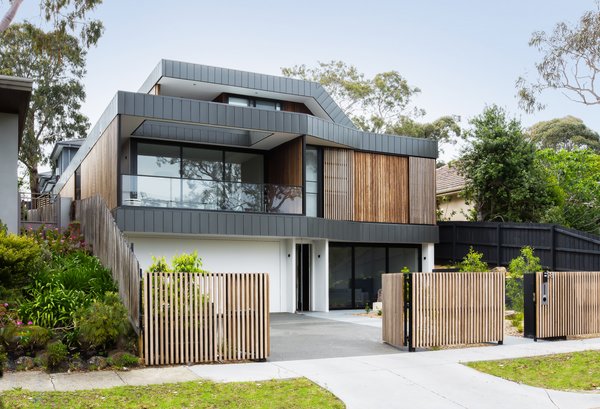
Top 10 metals redefining exterior building design
1. Weathering Steel: Embracing Rustic Elegance
Weathering steel, also known as Corten steel, has become a hallmark in modern architecture. Its unique ability to develop a protective rust-like coating over time not only adds a rustic aesthetic but also serves as a natural corrosion-resistant barrier. Buildings clad in weathering steel exude a timeless charm, blending seamlessly with both urban and natural landscapes.

2. Titanium: Lightweight Strength
Recognized for its remarkable strength-to-weight ratio, titanium has become a favored material in modern architecture. Incorporating titanium panels and cladding not only enhances the contemporary and streamlined look of structures but also guarantees longevity and protection against corrosion. Its lightweight characteristics make it a perfect selection for endeavors where both structural robustness and sophisticated design are of utmost importance.
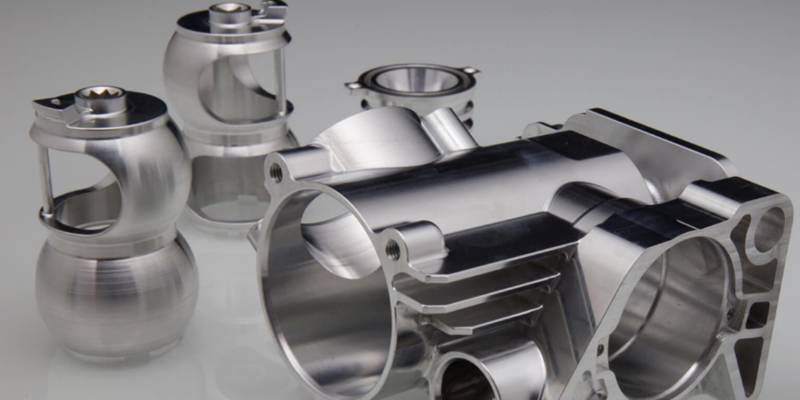
3. Brass: A Timeless Touch of Luxury
Brass, with its warm and inviting hue, adds a touch of luxury to exterior building design. Its versatility allows architects to incorporate it in various forms, from intricate detailing to entire facades. Over time, brass develops a unique patina, enhancing its visual appeal and giving buildings a timeless aesthetic that resonates with both tradition and modernity.
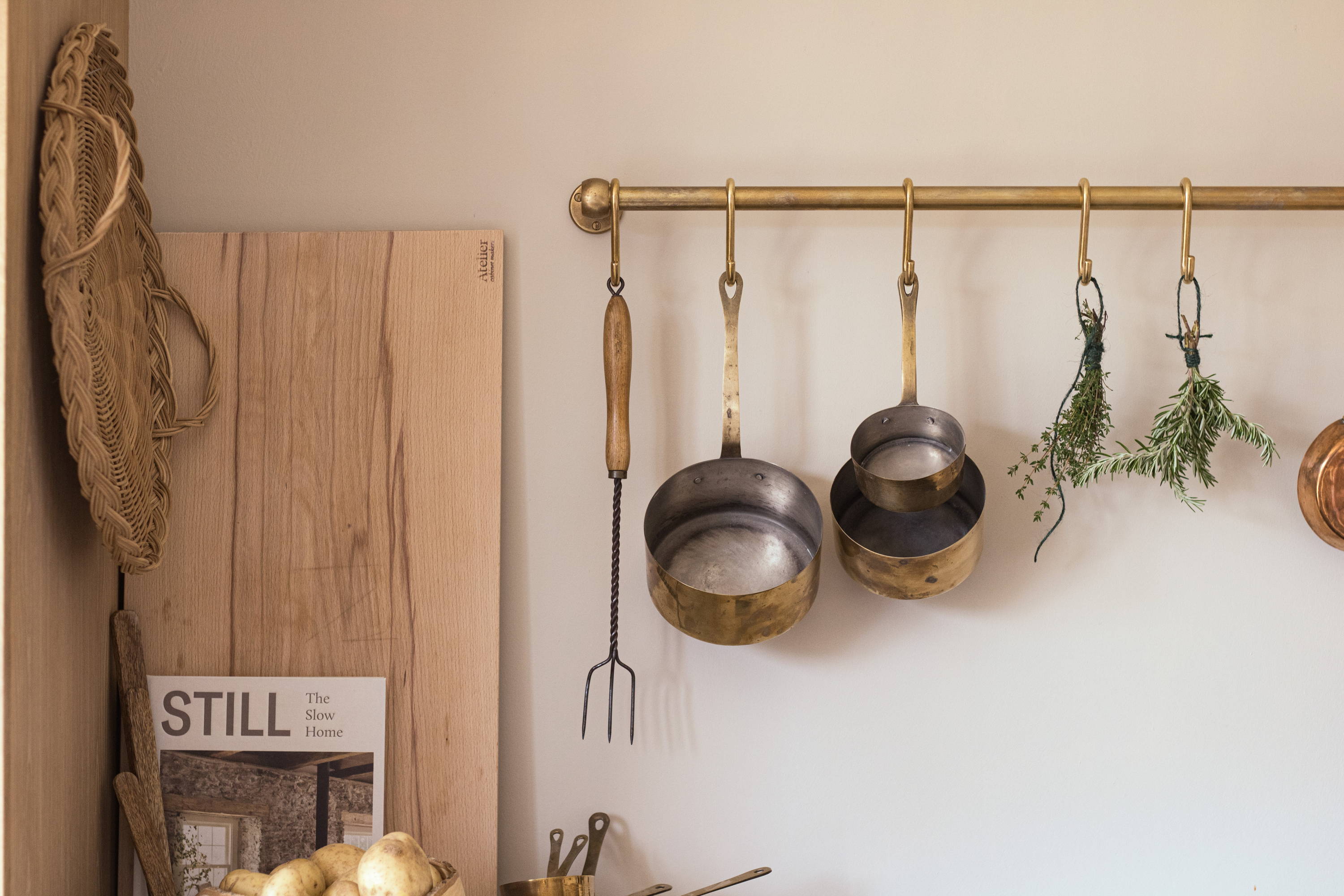
4. Aluminum: Sustainable Elegance
Aluminum has long been a staple in exterior building design due to its versatility and sustainability. With the ability to be recycled repeatedly without losing its intrinsic properties, aluminum is an eco-friendly choice for architects aiming to reduce the environmental impact of construction. Its malleability allows for innovative designs, and its resistance to corrosion ensures longevity in diverse climates.
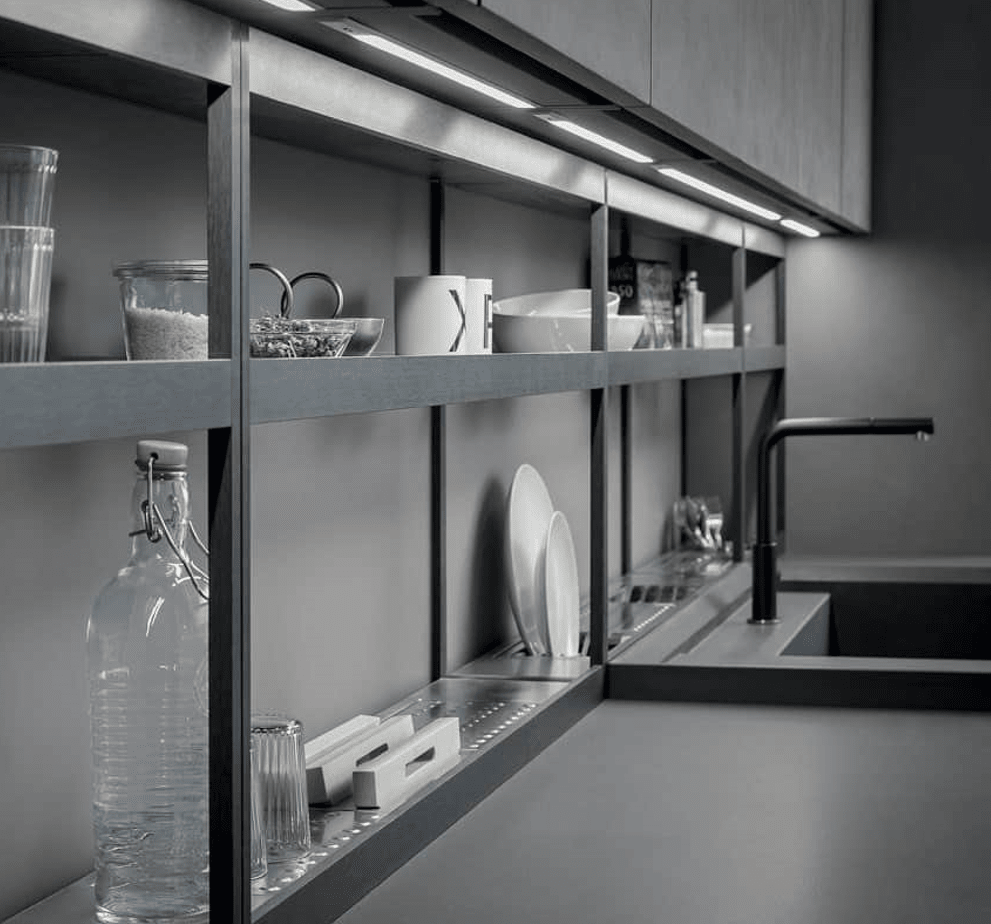
5. Zinc: Aesthetic Versatility
Zinc, often referred to as the “designer’s metal,” offers unparalleled aesthetic versatility. From sleek modern designs to classic and ornate facades, zinc adapts to various architectural styles. Its self-healing properties further contribute to its appeal, as minor scratches and imperfections naturally blend over time, maintaining the integrity of the building’s exterior.
READ MORE: WHAT IS BUTTON HEAD SCREWS , AND PROPERTIES , APPLICATIONS
6. Copper: Timeless Beauty with Patina
Copper, celebrated for its timeless beauty, has been a favored metal in architecture for centuries. The gradual development of a green patina over time adds character to buildings, creating a dynamic visual element that evolves with the environment. Whether used in roofing, cladding, or detailing, copper brings an enduring charm to exterior designs.
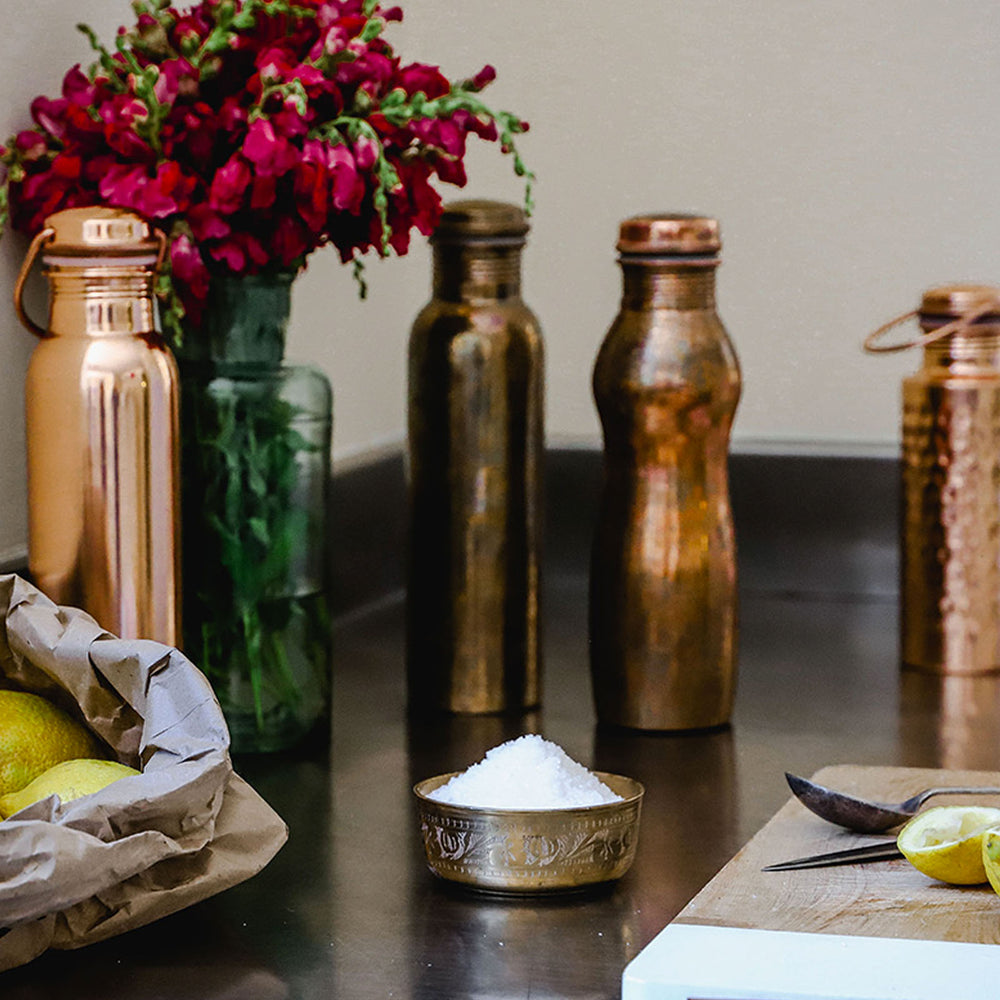
7. Stainless Steel: Modern Elegance and Durability
Stainless steel’s clean lines and modern aesthetic make it a popular choice for contemporary exterior building design. With its resistance to corrosion and robust durability, stainless steel guarantees an extended lifespan, rendering it appropriate for diverse applications such as facades, entrances, and structural components. Additionally, the reflective surface of stainless steel enhances the interplay of light, introducing a dynamic element to architectural compositions.

8. Galvanized Steel: Robust Protection
Galvanized steel, coated with a layer of zinc for corrosion resistance, is renowned for its robustness and durability. Widely used in industrial and commercial buildings, galvanized steel provides effective protection against the elements. Its affordability and low maintenance requirements make it a practical choice for architects seeking a balance between functionality and aesthetics.
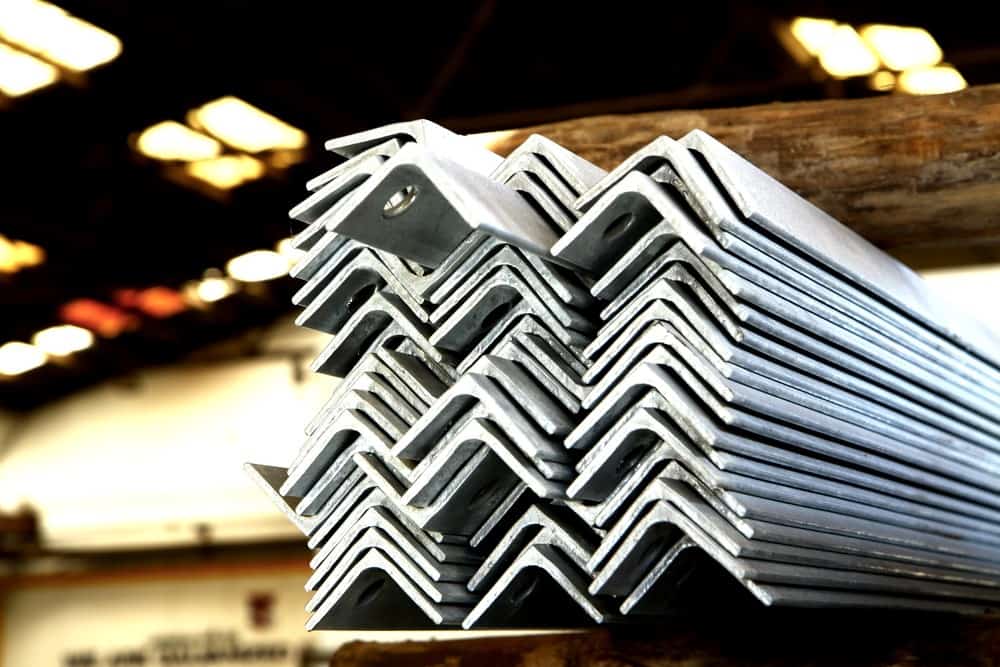
9. Nickel: Contemporary Cool
Nickel, with its contemporary and cool appearance, is making a mark in modern exterior building design. Often used in combination with other metals or as a standalone material, nickel adds a sleek and sophisticated touch to facades and architectural elements. Its resistance to corrosion makes it suitable for applications where exposure to the elements is a consideration.

10. Bronze: Elegance in Tradition
Bronze, a classic alloy of copper and tin, seamlessly blends elegance with tradition in exterior building design. Its warm tones and timeless appeal make it a favored choice for decorative elements, sculptures, and architectural features. As bronze ages, it develops a rich patina, enhancing the material’s beauty and contributing to the overall aesthetic of the building.
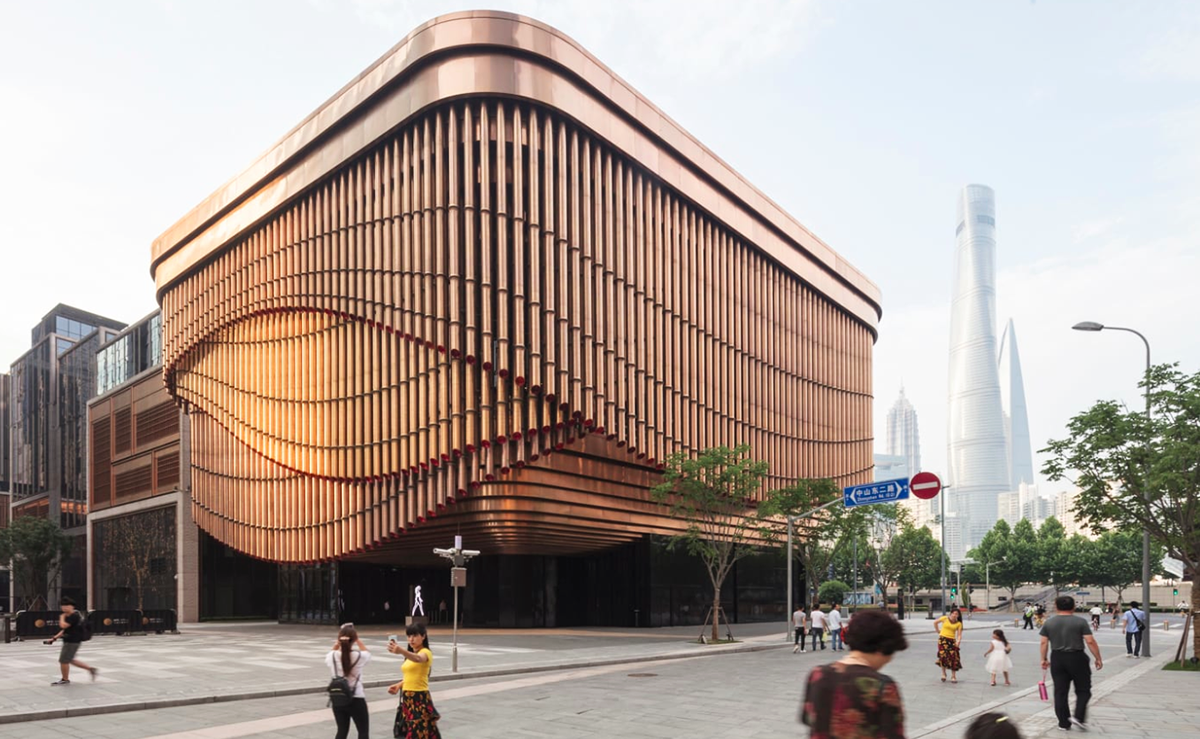
Conclusion:
The evolution of exterior building design is intricately linked to the choice of materials, and metals play a pivotal role in shaping the visual and functional aspects of architectural marvels. From the rustic allure of weathering steel to the contemporary cool of nickel, each metal brings its unique characteristics to the forefront, allowing architects and designers to redefine the possibilities of form and function. As the architectural landscape continues to evolve, the innovative use of these top 10 metals is set to inspire a new era of creativity and sustainability in exterior building design.
READ MORE: How to start a new startup business on Deepawali 2023





